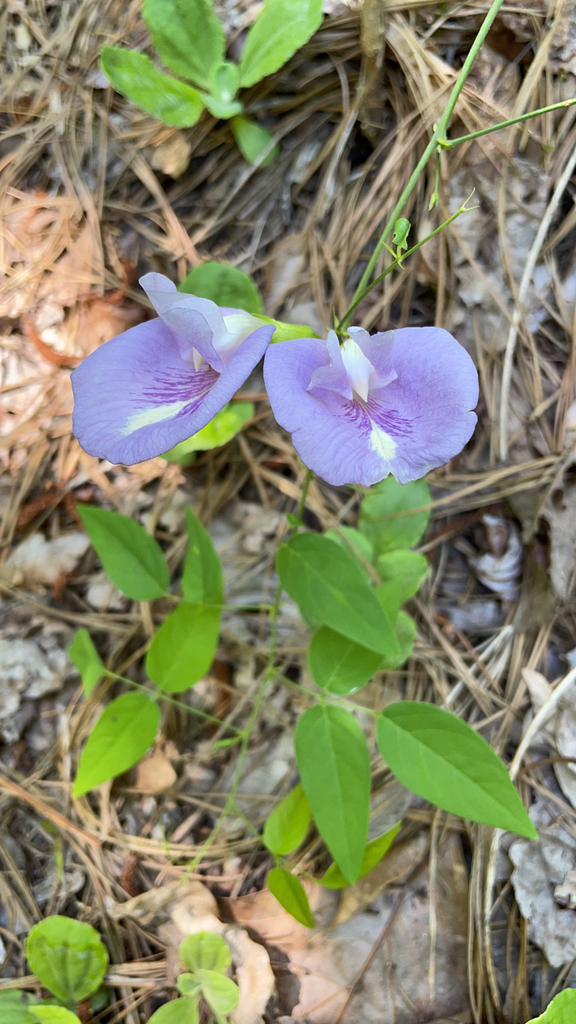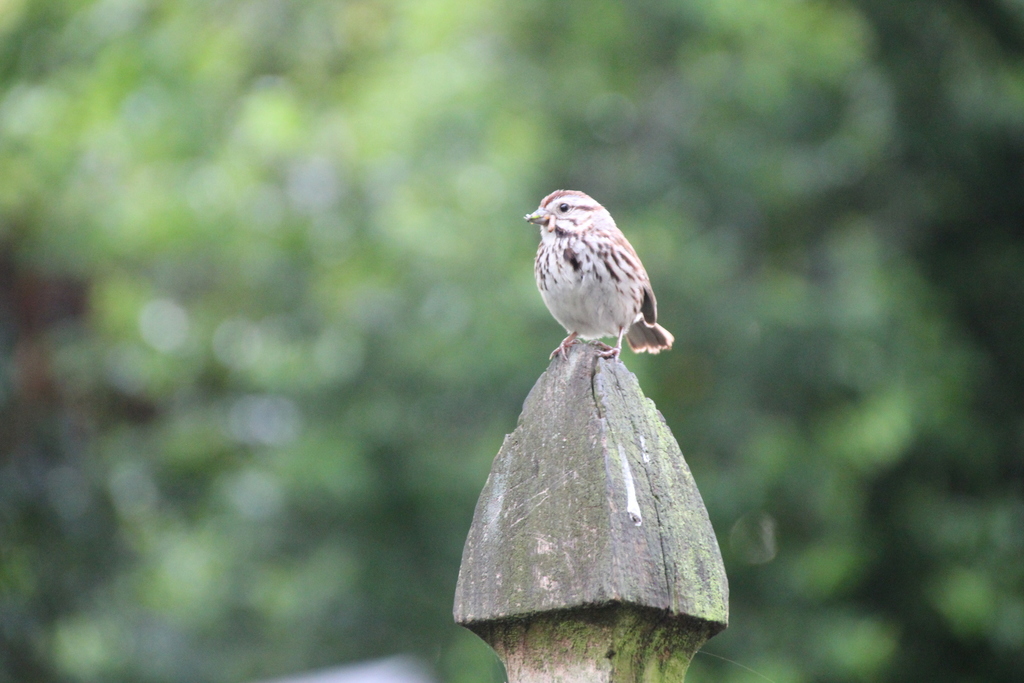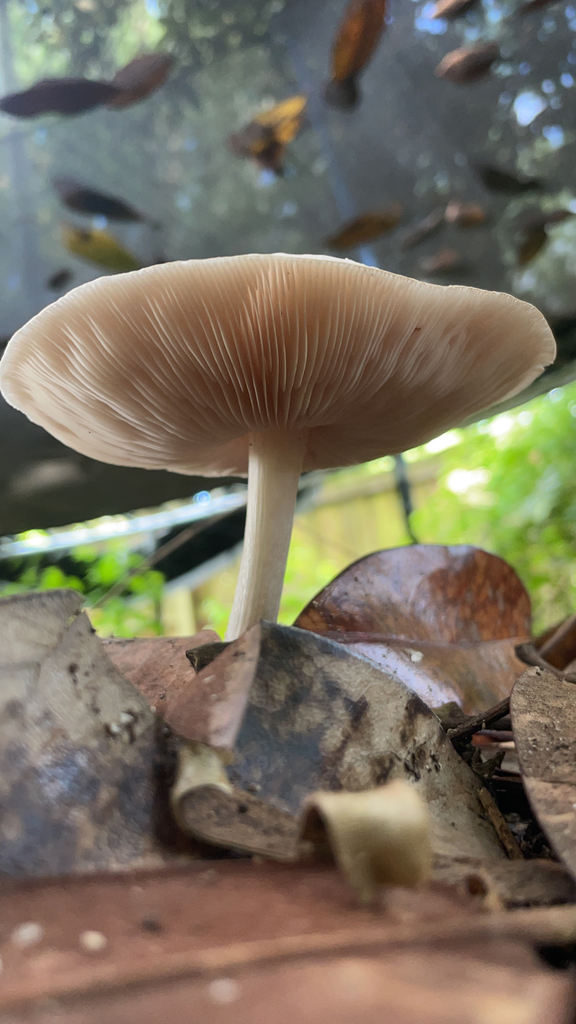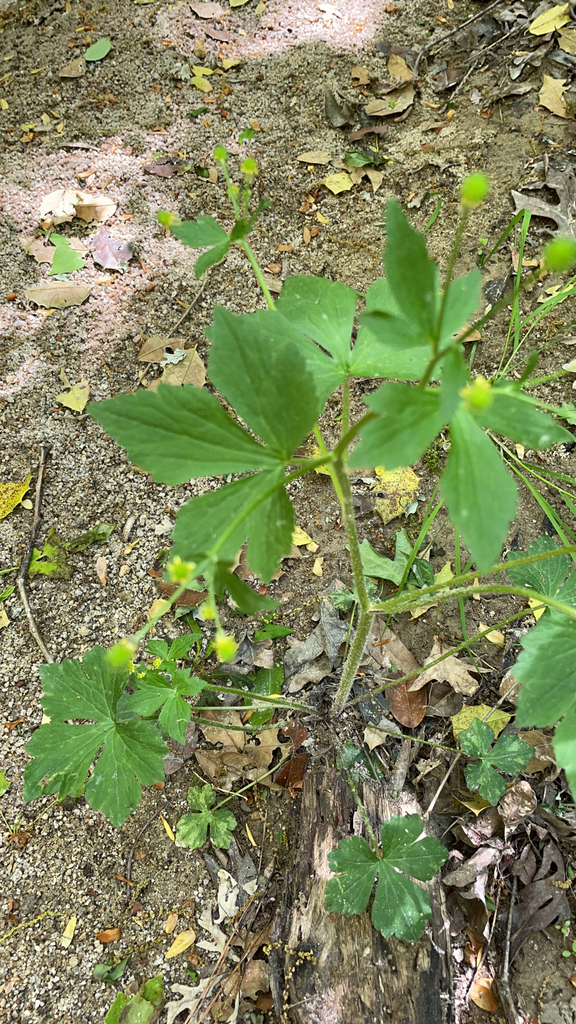
Saururus cernuus (lizard’s tail, water-dragon, swamp root) is a medicinal and ornamental plant native to eastern North America. It grows in wet areas or shallow water, and can be up to about a meter tall. The native range covers much of the eastern United States, as far west as eastern Texas and Kansas, south to Florida, and north to Michigan and New York state, slightly into Ontario.










